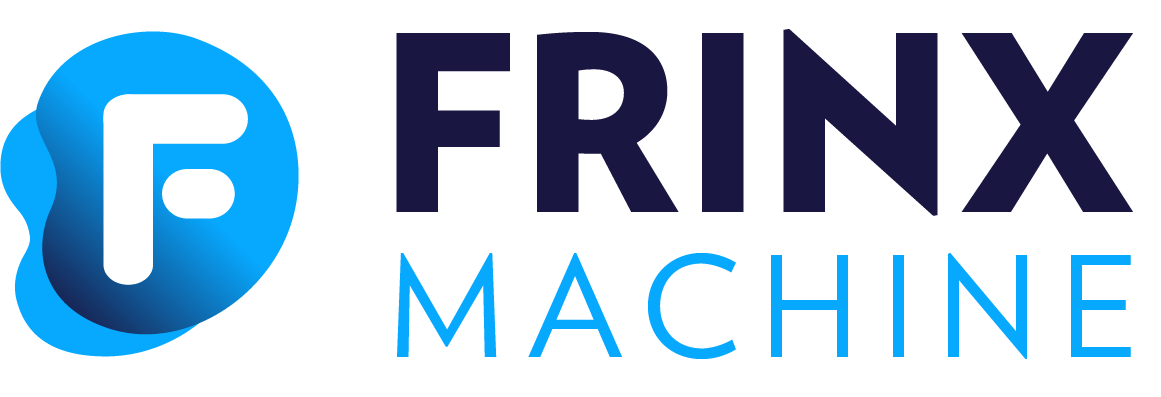#
FRINX Machine introduction
FRINX Machine is a dockerized deployment of multiple elements. The FRINX Machine enables large scale automation of network devices, services and retrieval of operational state data from a network. User specific workflows are designed through the use of OpenConfig NETCONF & YANG models, vendor native models, and the CLI. The FRINX Machine uses dockerized containers that are designed and tested to work together to create a user specific solution.
For installation, please refer to: FRINX Machine repository
FRINX-machine can be installed in Kubernetes using the Helm chart
#
FRINX Machine core components
#
FRINX UniConfig
- Connects to the devices in network
- Retrieves and stores configuration from devices
- Pushes configuration data to devices
- Builds diffs between actual and intended config to execute atomic configuration changes
- Retrieves operational data from devices
- Manages transactions across one or multiple devices
- Translates between CLI, vendor native, and industry standard data models (i.e. OpenConfig)
- Reads and stores vendor native data models from mounted network devices (i.e YANG models)
- Ensures high availability, reducing network outages and down time
- Executes commands on multiple devices simultaneously
#
Netflix Conductor (workflow engine) - core of Workflow manager
- Atomic tasks are chained together into more complex workflows
- Defines, executes and monitors workflows (via REST or UI)
We chose Netflix’s conductor workflow engine since it has been proven to be highly scalable open-source technology that integrates very well with FRINX UniConfig. Further information about conductor can be found at:
- Sources: https://github.com/Netflix/conductor
- FRINXio sources: https://github.com/FRINXio/conductor-community
- Docs: https://conductor-oss.github.io/conductor/index.html
#
Postgres database - core of Device inventory
- Stores inventory data
#
Monitoring software: loki + grafana + influxdb + telegraf - core of Monitoring
- Stores workflow execution and meta data
- Stores UniConfig logs
- Stores docker container logs
#
UniConfig UI (user interface) aka Frinx frontend
- This is the primary user interface for the FRINX Machine
- Allows users to create, edit or run workflows and monitor any open tasks
- Allows users to mount devices and view their status. The UI allows users to execute UniConfig operations such as read, edit, and commit. Configurations can be pushed to or synced from the network
- Device inventory, workflow execution, resource manager are all accessible through the UI
#
High Level Architecture
Following diagram outlines main functional components in the FRINX Machine solution:

FRINX Machine repository is available at https://github.com/FRINXio/FRINX-machine
Frinx-conductor repository is available at https://github.com/FRINXio/conductor
#
Defining a workflow
The workflows are defined using a JSON based domain specific language (DSL) by wiring a set of tasks together. The tasks are either control tasks (fork, conditional, etc.) or application tasks (i.e. encoding a file) that are executed on a remote device.
The FRINX Machine distribution comes pre-loaded with a number of standardized workflows
A detailed description of how to run workflows and tasks, along with examples, can be found in the official Netflix Conductor documentation
#
Operating FRINX Machine
To find out more about how to run the pre-packaged workflows, continue to
